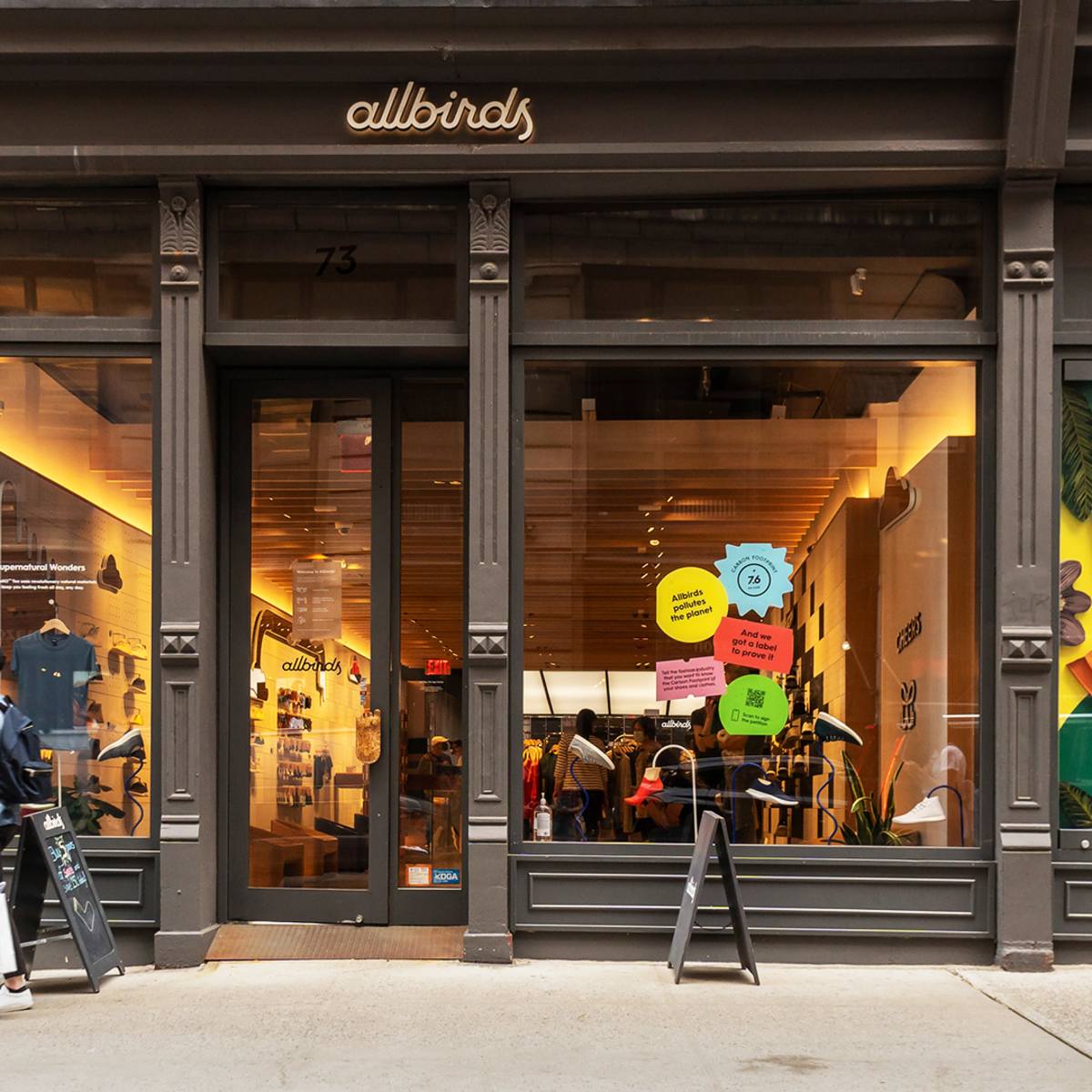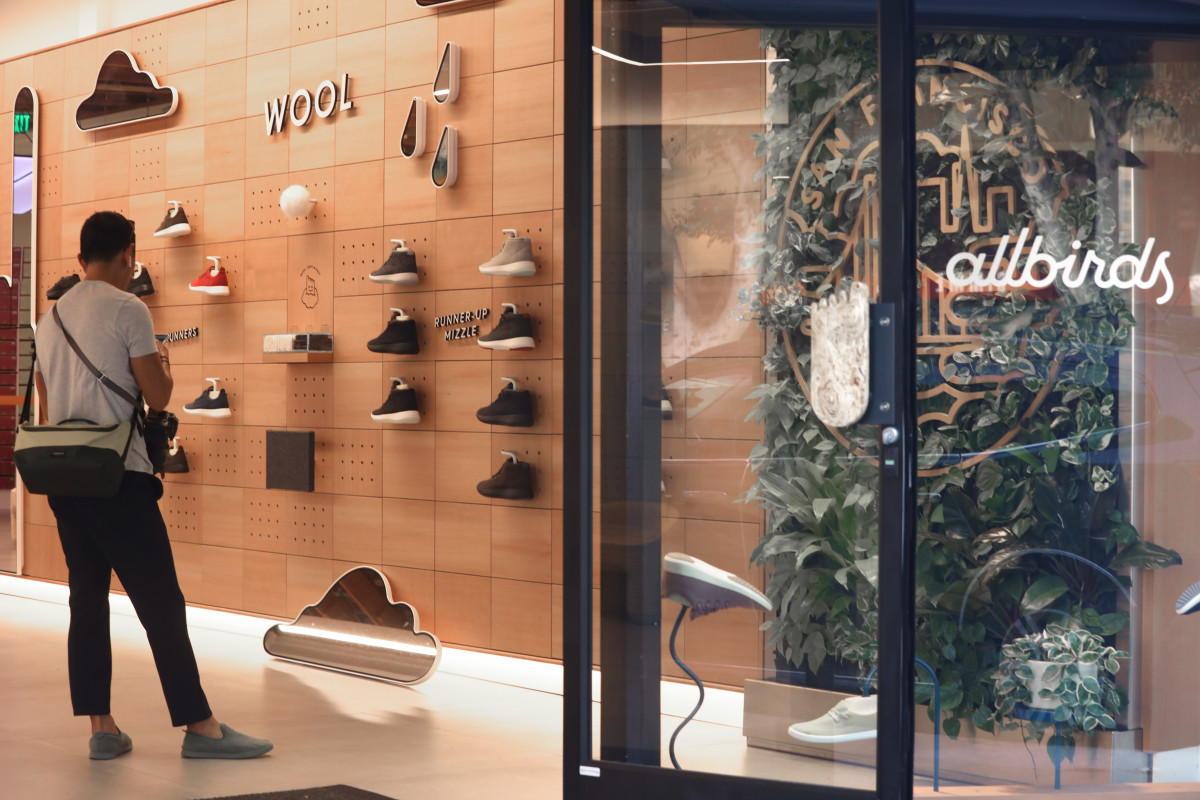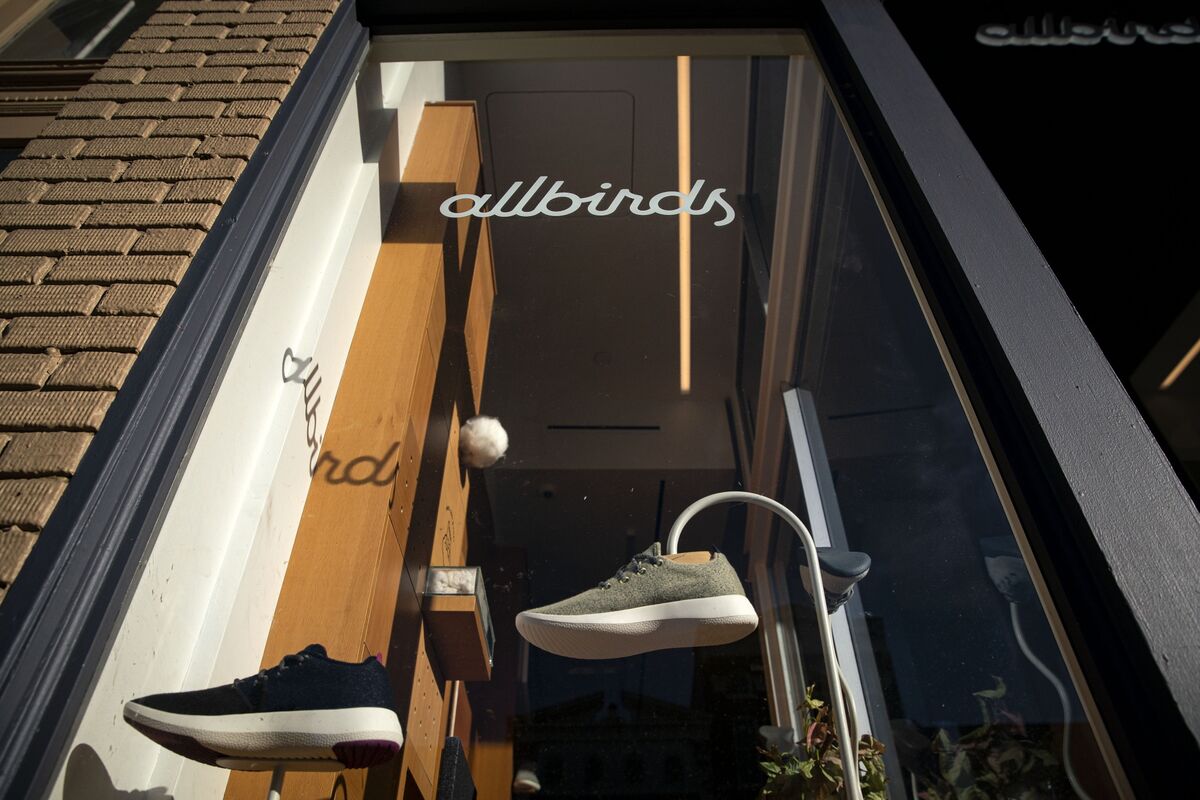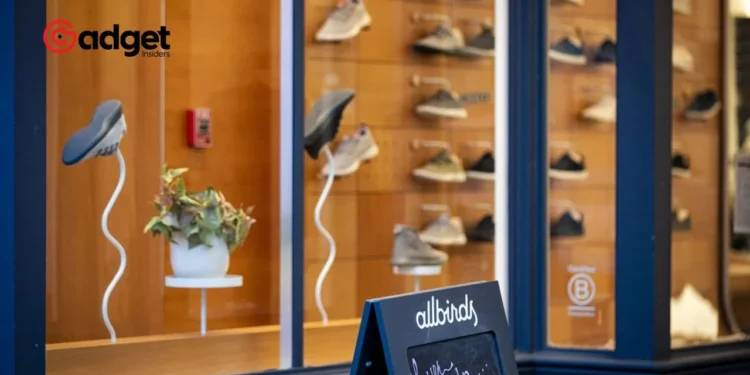In the dynamic realm of fashion and retail, the story of Allbirds reads like a cautionary tale of innovation, expansion, and the relentless tides of consumer preference. Known for its eco-friendly sneakers that once set the urban commuting scene alight, Allbirds now faces a critical juncture, as it grapples with the stark realities of post-pandemic market conditions and a chilling warning from Nasdaq.

The Highs and Lows of Fashion Retail
The journey of any brand in the fiercely competitive retail sector is fraught with ups and downs. In the case of Allbirds, a company that thrived on the ethos of sustainable fashion and comfort, the shift in consumer behavior post-Covid has been particularly challenging. The pandemic accelerated changes in how and where people spend their money, with high-foot traffic areas seeing a decline as work-from-home practices took hold.
While giants like Walmart, Target, and Amazon capitalized on these shifts, expanding their dominion, other retailers found ways to adapt and flourish in this new landscape.

For instance, TJ Maxx leveraged the return of in-store shopping with its off-mall accessibility and value deals, contrasting sharply with the struggles faced by traditional outlets such as Macy’s.
Allbirds: A Trendsetter in Crisis
Allbirds, once a beacon for the eco-conscious and comfort-seeking urbanite, has seen its star dim. The brand, synonymous with sustainable materials and innovative designs like the wool and eucalyptus-based Runners, now finds itself at a crossroads. The shift away from office-centric routines and the preference for ultra-comfortable footwear have seen Allbirds’ market share encroached upon by brands like Crocs and Birkenstock, which prioritize comfort above all else.
The company’s attempt to diversify into activewear, including women’s leggings, met with stiff competition from established players such as Lululemon, highlighting the challenges new entrants face in the highly saturated market.
Timea Nagy is a human trafficking survivor, activist, and a key partner to @Nasdaq and @Verafin. Her powerful story and vision have played an important role in the growth of our anti-financial crime business.
In this conversation with Nasdaq Chair and CEO @adenatfriedman, Timea… pic.twitter.com/KpJpRlBmKp
— Nasdaq (@Nasdaq) January 11, 2024
The Nasdaq Warning: A Symptom of Deeper Issues
April brought unwelcome news for Allbirds as Nasdaq issued a noncompliance warning. The crux of the matter lies in the company’s stock price, which has languished below $1 for over 30 days, triggering alarms about potential delisting. Allbirds has a 180-day window, until September 30, to remedy this situation and maintain its listing by ensuring its stock trades above $1 for at least ten consecutive business days.
The response from Allbirds has been measured, with the company stating it is considering its options, but no concrete plan has been outlined yet. Earlier declarations of closing 10-15 brick-and-mortar stores in the U.S. and an expected revenue decline of 25% or more in the fiscal year underscore the precarious position in which Allbirds finds itself.

Looking Ahead: A Path Forward or a Cautionary Conclusion?
The tale of Allbirds serves as a stark reminder of the volatility inherent in the retail sector, especially in a landscape forever altered by a global pandemic. The brand’s journey from trendsetter to facing a potential Nasdaq delisting encapsulates the challenges of staying relevant and profitable in a rapidly changing market.
For Allbirds, the coming months are crucial. Will the company manage to navigate these turbulent waters and reclaim its position as a leader in sustainable fashion? Or will it serve as a cautionary tale for other brands navigating the unpredictable currents of consumer preferences and market dynamics? The retail world watches with bated breath as Allbirds cGreenontemplates its next move, understanding that adaptability, innovation, and a keen sense of market trends are paramount in weathering the storm.
As the market continues to evolve, the tale of Allbirds will undoubtedly provide valuable lessons on the importance of agility in business strategy and the relentless pursuit of relevance in a consumer landscape that never stands still. The sneaker company, once celebrated for its commitment to sustainability and comfort, now faces the ultimate test of resilience. The path it chooses will not only determine its fate but also offer insights into the future of retail in a post-pandemic world.










